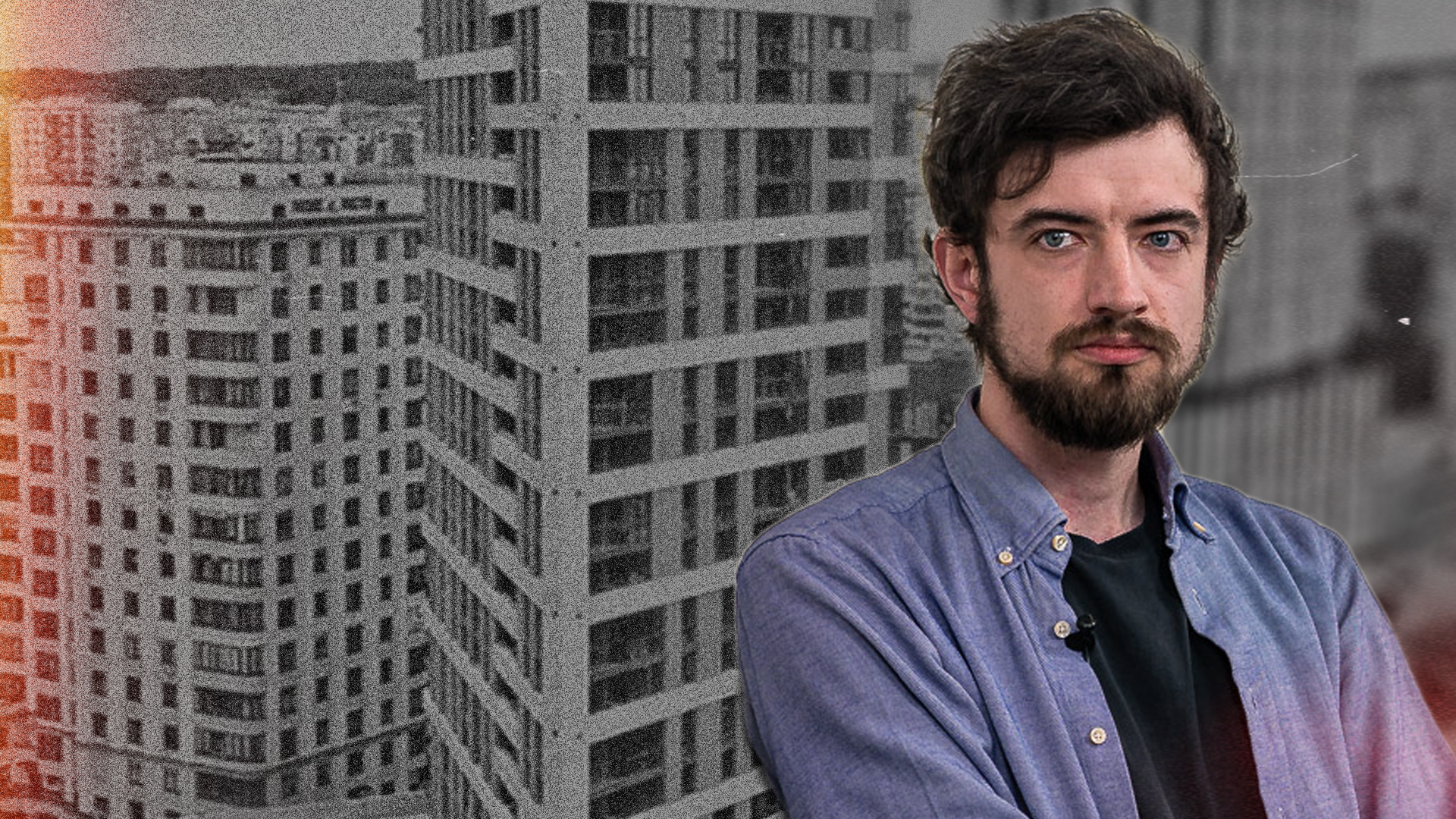
«The demand for high-rise housing is decreasing» – a Kharkiv architect
[For daily insights from throughout Ukraine, follow Ukrainian Freedom News on Telegram]
Where did you find the beginning of a full-scale invasion – in Kharkiv or in Kyiv?
A year before the start of the full-scale invasion, I lived in Kharkiv. I was actually lucky that on the night of February 22-23, we left Kharkiv and were already in Kyiv at the beginning of the invasion. About a week and a half later, we moved to Lviv, and since then, I have been staying here. It was then that a bureau began to conduct meetings here [architectural bureau «Drozdov and Partners», where Mykhailo Shevchenko is working], and a little later – the Kharkiv School of Architecture [the KhSA is a private institution of higher education that educates architects and urban planners. It was founded by Oleh Drozdov in 2017. In 2022, due to the beginning of the full-scale war, the school moved to Lviv].
The last time I was in Kharkiv was in August. Quite a strange feeling of the city itself – it was quite badly damaged, and there were few people…
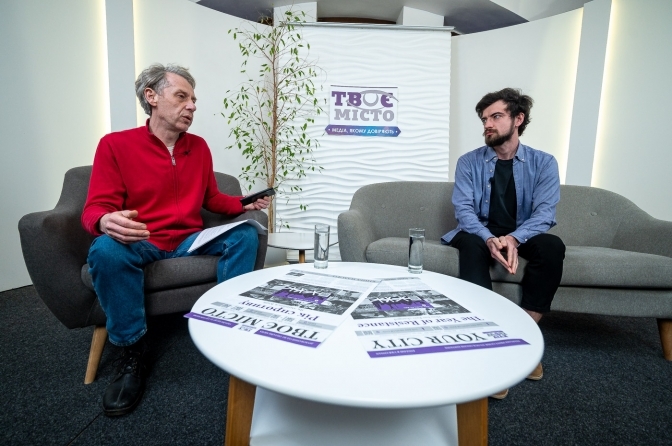
You stayed in Kharkiv, Kyiv, and now in Lviv. Are there things, even simple ones, that immediately catch the eye in each of these cities?
As for Lviv, I got the impression that, from the point of view of architecture and urban planning, many things are taking place here, which, unfortunately, are not observed in other cities. Lviv has many good urban planning projects. Let’s start with the Railway station and Dvirtseva Square. In my opinion, this is very important. In principle, the quality of public spaces in Lviv is better. It is also good that architectural competitions are held here.
Read also: «Russians want to destroy the identity of your cities,» – a studio talk with Paris’ main architect
Of course, there are also negative examples: sometimes, I notice some strange buildings in the city, without any approvals, with a violation of the number of storeys. Another problem of Lviv, and all cities in general, is the love for pseudo-historicism and manipulation with the historical environment. If we talk, for instance, about Kyiv, then this is a terrible thing. But there, in my opinion, the biggest problem is a different one: due to the huge amount of accumulated resources, Kyiv has turned into a very massive and dense structure. Although, of course, there are also positive examples. In recent years, many examples of very good renovation of buildings have appeared: the metro station «Arsenalna» and the space around it, the art factory «Platforma». Here are examples of projects that are bringing life back to a former industrial area. But still, construction in Kyiv resembles chaos, there are a lot of problems.
Kyiv had every chance to become the highest city in Europe. The number of high-rise buildings there is quite large, even for EU cities. The war made adjustments. Many of my acquaintances who lived on the upper floors are now not even afraid but prefer to live below. Do you feel that there is a need to plan the new housing taking into account other approaches?
I think that Kyiv still has a chance to become the highest city in Europe, because after the war, as we all know, the capital of Ukraine can grow rapidly. If we talk about new requirements and housing standards, then we already have bomb shelters, for instance, which are provided as a norm, and some other changes. But in general, it seems to me that the main thing here should be a rational, pragmatic approach. We must understand that perhaps there is no need to create these massive concrete structures or any others. We need to find the most rational way without copying someone else’s experience. I am actually sorry to see some samples and attempts to implement too «fortified» solutions, because we are still talking about peaceful cities and we hope that after the victory, we can return to our usual life. People should be comfortable in cities – this is one of the approaches to post-war reconstruction. I am personally quite critical of the concrete bunker stops that appear in non-frontline cities. There should be a balanced approach to everything. Of course, we should take these aspects into account, but not make them a priority.
Read also: «We repair 50-70 Ukrainian houses per month.» Michael Capponi
Now the demand for high-rise housing is decreasing, people want to live differently. It’s like after covid, when there appeared a request for summer premises. In general, this would be a good trend, because in the architectural community, we often talk about the fact that a different urban environment, a different scale, is comfortable for a person. And this can be a chance to change the appearance of cities.
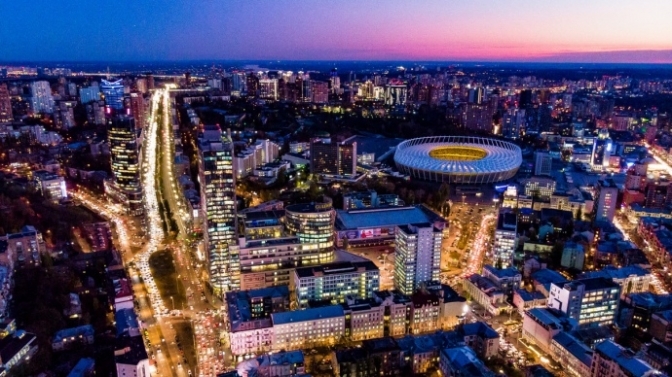
Photo: Economic Pravda
You are not a fan of giving the case «in one hands» without a contest, even if they are the best possible. In Kharkiv, for instance, Mayor Terekhov is very proud of the agreement reached with Norman Foster’s studio. The Borodyanka reconstruction project was to be carried out by the Paris region of France, at least that is what the Kyiv Council planned. I understand that you are wary of such things.
I try to be critical about this. For example, the Norman Foster situation is successful in terms of getting attention, it works well for people to know about it. But, in my opinion, it is still important to work with the context, that is, with the city. A team of Kharkiv architects works with Foster’s team, whose task is to research the context in order to immerse Foster architects in this context and share information while working on site.
In general, this project is a rather strange story. From one of the last interviews of Kharkiv architects, I learned that Foster’s team never even visited Kharkiv. Let’s agree that it is very strange to project such a volume, such a scale without visiting it. Therefore, such famous names are a good story, but everything must be weighed, because they do not always have sufficient competence. We often encounter cases of colonialism, when a great European architect comes to save us, and we think that his competence is the best, although some local architect would have done it no worse.
You stand for quality construction, which involves not only thinking about your apartment or office, but also complex solutions. For some reason, it is very rare to hear the words «architecture», «planning», and «ecology» used by architects. As a good example, you cited the reconstruction of Dvirtseva Square in Lviv. But here as well, there are things that may surprise. For example, arranging a parking lot: you have to drive all the way, creating traffic jams, until you get to it. To what extent are modern projects able to take this into account?
This is always taken into account in projects, at least we in the bureau are working on it. Architects are the ones pushing such solutions, because we want construction to be better and more environmentally friendly. These are solutions that are laid down during design and construction, the same materials, technologies that are used. There is no need to dig deep, we can look at the examples of other countries. But, unfortunately, we have to do this because we have a somewhat different, outdated paradigm in construction. The same prefabs [prefabrication of building structures in industrial production] is used in order to reduce emissions, use less labor and, accordingly, reduce the number of complex processes.
The same applies to urban planning. The parking lots you mentioned, traffic jams are also about city planning and infrastructure. It is important to understand that there is a big problem with private cars in Ukraine. No matter how much you want to solve it by simply banning their use, you have to give people something in return. This rule always works: if you’re more comfortable using public transport, you won’t drive because it’s expensive. This is a very deep problem, and architects are a community that always wants to get rid of it. We have a large number of parking spaces prescribed by law, because we are used to it. This Soviet paradigm of «car-centrism» still exists in our country. We often see reconstruction projects that involve widening streets to accommodate even more cars. But it is a pity that this problem is not solved.
If we return to ecology in construction, a great demand for it is present among architects. But here, too, there is a problem with standardization, because until this is a clear requirement, it will remain in the form of isolated cases. We already have changed regulations regarding insulation, and I believe that we will move further – towards passivity and less consumption of resources.
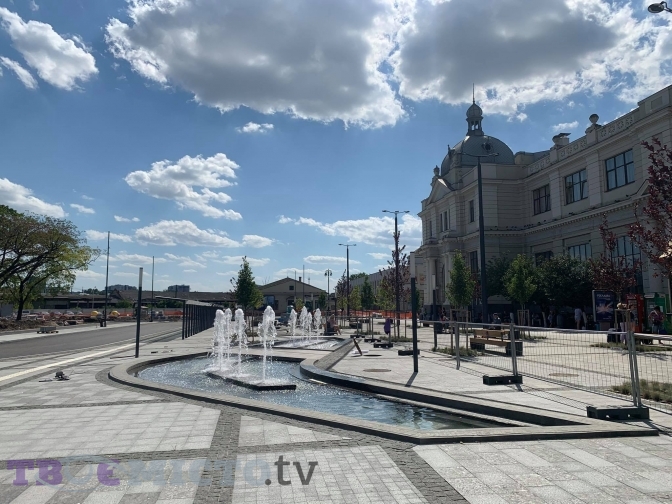
You are working on new objects. A huge number of people need housing. But, obviously, we have losses in logistics, in production. How can this affect the cost of housing, the cost of construction?
The cost of construction will definitely increase. This became noticeable already last fall. All construction stopped, and those who tried to start it faced a significant increase in the price of materials and the lack of labour. And it will only deepen. Many of our materials were brought from abroad, many factories were destroyed. This will continue for some time, so the cost of construction will definitely not return to the pre-war level. This could lead to new solutions to help deal with this: the same prefabs, different handling of materials, perhaps more attention to local materials and building new factories that will have better equipment. That is, construction will become more technological.
You have experience working with housing for displaced persons, you worked in the «Prykhystok» (Shelter) government project. Tell us about it in more detail: what should housing for refugees be like, where they want to live? After all, there are two approaches – temporary and permanent housing. How do you see it?
We started work almost a year ago, at the beginning of March. «Prykhystok» became the first project of our bureau after arriving in Lviv. We received such a task from the city council and started working with the premises. We had to create at least some comfort for these people in the amount of housing and due to the budget we had. We set ourselves the goal of restoring their dignity, giving them the opportunity to feel better. But the locations we worked with, which were furnished from scratch, are mostly sports halls, large halls, empty rooms where we put up partitions. There were also locations that were already functioning, and it was quite difficult. We were given, relatively speaking, a sports hall completely covered with mattresses, and the people who lived there did not have any private space. We wanted to give them this minimal comfort, a place where they can stay alone or with their families. The two biggest values for the people who settled in this shelter were security and privacy. And they were finally able to be safe. In order to return to a normal state, they wanted to be alone.
Read also: Pain behind the white door. Stories from a modular town for refugees in Lviv
We teamed up with Replus bureau from Lviv and Ponomarenko bureau from Kharkiv, forming such a small team. At that time, there were several people from the Kharkiv office in Lviv, later there were more. We started by finding materials on our own, wanted it all to be permanent, and tried to make the most of what could be used later. Somewhere we rented a construction fence, which temporarily served as partitions, and then returned it. They were looking for pallets, which were also rented. Afterwards, we had a lot of help from the Polish architects, the team that worked with the Japanese architect Shigeru Ban, with its cardboard partitions. They collected these for shelter in Poland, and then began to import them into Ukraine. We built the first shelter ourselves. And in the second and subsequent ones, these cardboard pipes were already used. They are already prepared, it was only necessary to collect them. But even this was not an easy task, because we always had a limited time – sometimes only a day to mount the shelter. In general, this system has shown itself well, because it is, although minimal, an improvement in living conditions.
There is no single universal solution when the issue of housing is acute. In such cases, you should not say: «Wait a year, and we will build something for you.» To what extent will these modular homes be able to solve such a problem?
In my opinion, modular houses are a very good solution, but on the condition that they are not forever. We already had modular towns in Kharkiv, Nikopol, which appeared at the beginning of the war in 2014. The problem with these towns was that they existed until 2022. I really like how the approach to modular towns has changed. Those in Lviv, located in Sykhiv residential district and in Stryiskyi Park are a good example, because they are located in the city, and the people who live in them can come into contact with the locals. There is a «mixing» in contrast to the previously completed projects, which were segregated and turned into a conditional ghetto only because people lived only there and no longer communicated with anyone.
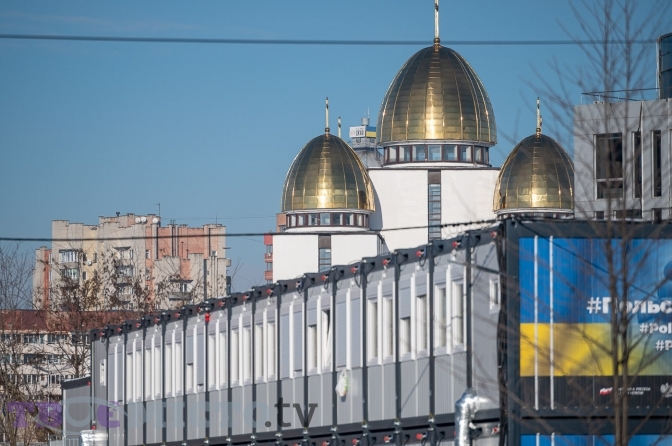
If we talk about permanent housing, I really like such Ukrainian projects as «Co-Khaty»,, which use empty space [the name resembles a Ukrainian verb kokhaty, which means to love; «Co-Khaty» is a project of renovation of abandoned buildings and territories, initiated by the urban laboratory METALAB from Ivano-Frankivsk and by the members of the independent agency Urban Curators, relocated from Kyiv. Two more objects are now being rented out, the total number of people accommodated will be 700]. Because, on the one hand, we have a construction boom, and on the other hand, there is a lot of built and unclaimed housing exclusively for investment purposes. In addition, a lot of housing is in poor condition, due to problems with documents or property, it is simply not used. I like this rational approach, when we are not talking about building a new home, but about rationally using the spaces we have. If we had some actual figures, we would see that it is not necessary to build new ones. It is simply necessary to foresee all the mechanisms: to lease these spaces to municipalities or to give them the opportunity to buy them in order to later rent them out, for example, to displaced persons. Already now, we see examples of how it is solved in this way.
How useful can things from recycled raw materials be? You had experience at The Good Plastic Company, which did this. Can plastic processing enterprises work in Ukraine to create modular things that will be useful after victory, for example, for the State Emergency Service?
This is a difficult question. Plastic recycling is very important, but, unfortunately, it cannot be cheap and mass-produced. The project in which I participated, and those similar to it, are not designed to create a mass product. It is something more exclusive simply because plastic processing requires a lot of resources, which determines the high price. We have been engaged in plastic processing for a long time, there are large companies. Although we may not know this, because this product does not look like plastic. The value of projects like The Good Plastic Company is that their product visually indicates that it is made from recycled plastic. And that’s great.
It is very important to think about it, work with it, and try to use it in construction. In fact, many recycled materials are used in construction. I hope that in the post-war reconstruction, records will be kept of all reused materials.
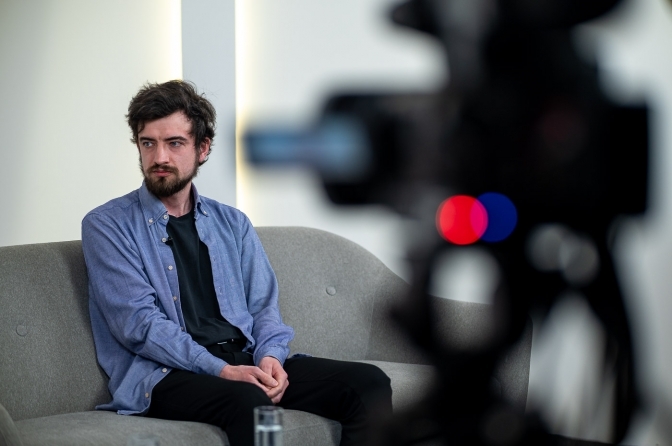
Give examples where recycled material is used but we will not guess about it.
For example, there is a construction technology in which a fixed formwork is made to fill the floor. This is where recycled plastic is used as an inexpensive material. It is rather unaesthetic, sometimes it can be of worse quality, but it is very well suited for such purposes. Also, there are many practices in the world of reusing ground concrete, which is used to fill the new one. But I don’t know if this is done in Ukraine. And, of course, these are the materials that are easiest to work with, such as metal or wood. They are constantly reused, especially in construction, where it is important to reduce costs.
Sergiy Smirnov spoke
Text: Marichka Ilyina, translated by Vitalii Holich
Photo by Ivan Stanislavskyi
Follow us on Facebook and Instagram. Lviv Now is an English-language website for Lviv, Ukraine’s «tech-friendly cultural hub.» It is produced by Tvoe Misto («Your City») media-hub, which also hosts regular problem-solving public forums to benefit the city and its people.


